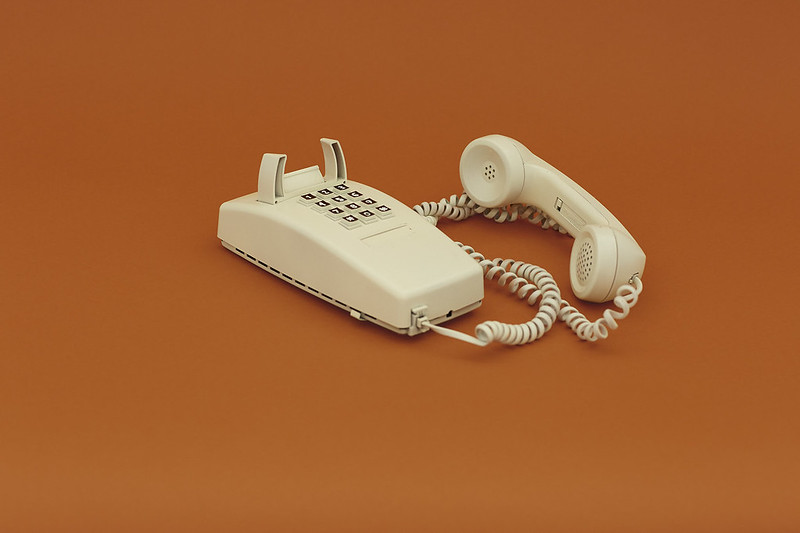Bedtime can be the hardest time to wind down. Even at the point of exhaustion, many of us still reach for our phones. This practice overstimulates us and prevents us from getting some shuteye for the night, which can quickly create a negative impact on our relationships.
As the founder of Pursoma, a business that focuses on beauty and wellness in the modern world, I’ve learned that it’s all about balancing and limiting our exposure to technology. While being glued to devices can be alluring, completely disconnecting can be a challenge at the end of the day.
So, by implementing a few simple strategies, here’s how to make it easier to ensure a good night’s sleep:
1. Replace the habit of reading digitally with reading print.
First, subscribe to one of your favorite magazines for the year and leave the magazine at your bedside. When you get in bed each night, give yourself 15 minutes to read through each section. Spend five minutes after reading the magazine practicing Anuloma Viloma, deep nostril breathing. Hold the right nostril with your thumb and breathe in through the left nostril for five seconds. After, hold the left nostril for five seconds and retain the breath, and then release to blow out through the right nostril. This exercise consists of inhaling through the left nostril, retaining the breath and exhaling through the right nostril. Repeat this for 10 times (five times on each nostril).
The alternate nostril breathing harmonizes the whole nervous system and balances the activity of both hemispheres of the brain.

2. Hide devices that give off electro frequency waves.
We’re constantly exposed to technology in our homes, and all technological devices emit electro frequency. In 2011, the World Health Organization’s International Agency for Research on Cancer classified cell phones and wireless radiation as a “Class 2B Possible Human Carcinogen” based on studies that showed long-term users of cell phones had higher rates of brain cancer where they held their phone (1).
What’s a safe limit? Education, first. Check resources like the Environmental Health Trust and take your own precautionary measures based on what you feel most comfortable with.
Another option is to simply limit the presence of digital devices. Set boundaries by restraining the use of them one-hour before bedtime. Physically remove such devices from your room or, if this is not an option that can be implemented or you’re not comfortable with, then try to offset the presence of frequencies emitted by your devices. Create an environment that is calming versus stimulating, like having a salt lamp at your bedside. Diffusing essential oils like lavender and vetiver are also great home additions to put you at ease.
Another Tip: Use a battery-powered alarm clock instead of your phone’s alarm clock. This will ensure less reliance on a cellular device so you can simply switch the power off.
 3. Find products that enhance your relaxation at home.
3. Find products that enhance your relaxation at home.
Likewise, light some candles, run hot water and unwind from your day without aimlessly scrolling through news feeds. There are countless products that boost a soothing ambiance, such as our “digital detox” cleansing formula. Each packet contains organic vegan elements that help to enhance your bath experience. Before developing the Pursoma line, I found myself struggling to balance self-care with a workload that demanded a high attention to technology. I learned in my journey of wellness how important it is to find balance in life. In the midst of chaotic schedules, find time to curate a spa of your own by giving yourself a little extra attention, especially before bedtime.
As a society, we must find time to disconnect and set limits on how connected we are to the outside world. Powering-down and creating space between us and our devices is the answer. Social media isn’t worth compromising the wellness of our body, mind and soul for. When we unplug from the noise of the world, we’ll discover more time to sit back, enjoy intentional conversations and soak up the most rewarding memories.
Is it easy or difficult for you to take time to disconnect?
References:
(1) “Top 10 Facts About Cell Phones and Wi-Fi.” Environmental Health Trust. N.p., n.d. Web.
Images via Prakash Shroff for Darling Issue No. 14











2 comments
Thank you for this article. Something I am learning to do everyday this year is to distance myself from technology and wind down way ahead of sleep. A challenge, but I am sure it will be worth it.
Ugh, I cannot even begin to talk about how hard it is for me to detox at night! Luckily, I’m old fashioned, I still use a battery powered alarm clock and never take my electronics into my bedroom – but that doesn’t mean I don’t use my computer and phone until the second I sleep. Really gotta change that habit!
Charmaine Ng | Architecture & Lifestyle Blog
http://charmainenyw.com